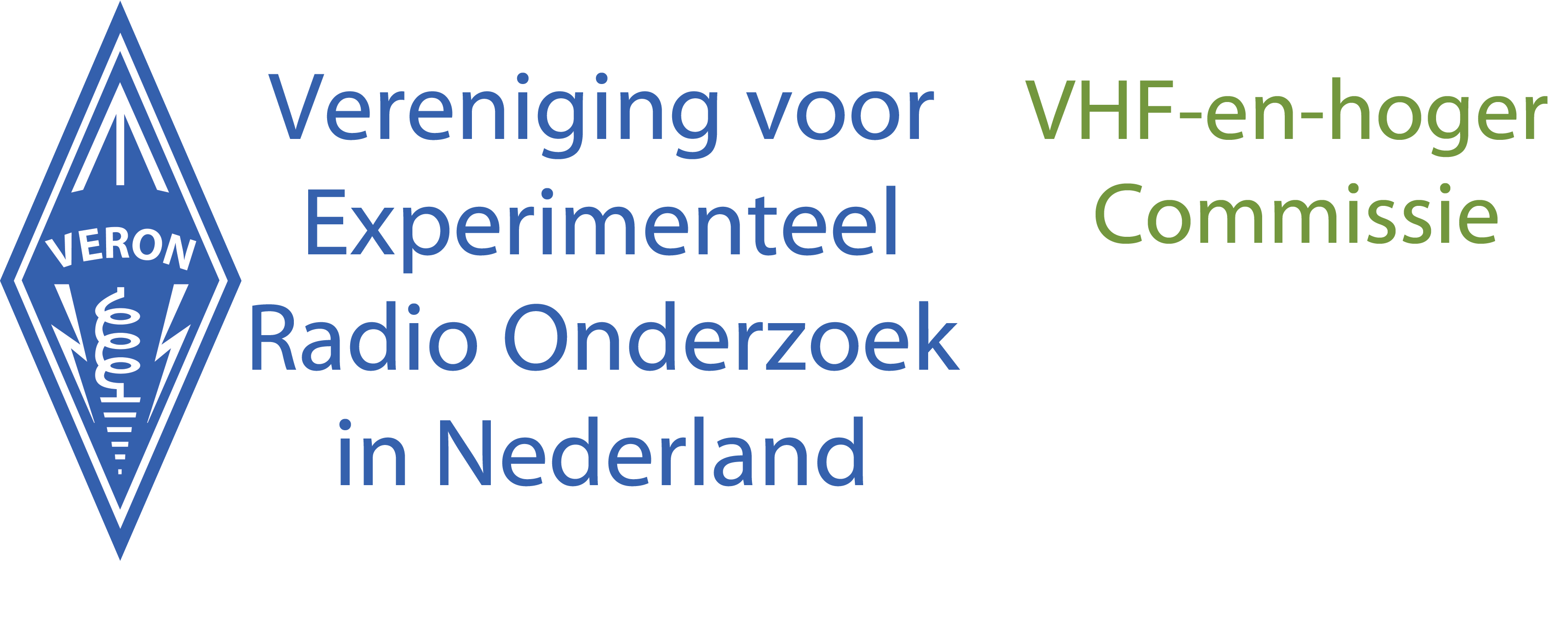ISS Schoolcontact met Frankrijk, mogelijk ook met HamTV op donderdag 23-februari om 8:31 UTC
Op donderdag 23 februari, om 8:31 uur UTC, is weer een schoolcontact gepland tussen 2 scholen in Frankrijk en Thomas Pesquet in het Internationale ruimtestation.
Als grondstation fungeert dit keer F4HHV. De downlink signalen van ISS op 437.525 MHz in FM zullen in een groot deel van Europa te horen zijn. Er is dit keer weer een grote kans dat ook het HAMTV station weer wordt geactiveerd zodat de Thomas Pesquet ook live te zien is via de website van de BATC. (https://hamtv.batc.tv/live/)
Hieronder volgt de presentatie van de school en de vragen die gesteld gaan worden.
73’s
Bertus
School presentation
We are two small schools in pretty twin villages in the South of France, Boissières and Saint-Dionisy. Enjoying very beautiful surroundings, we are located just 15 km from Nîmes and 40 km from Montpellier in the Occitanie region, on the threshold of the Camargue wetlands and the Cevennes mountain range.
Our villages are nestled at the foot of a hillside covered with evergreen oak trees, juniper bushes, thyme, “capitelles” (dry-stone cabins) and with a well-preserved “oppidum” (iron-age settlement) at its summit.
From the top, one can marvel at the splendid view over the plain of Vaunage (stretching between Caveirac and Calvisson), the Pic Saint Loup and the Mediterranean Sea on the horizon, and to the recognisable architecture of the Grande Motte (seaside town). On a clear day, one can even discern the peaks of Mont Lozère, Mont Aigoual and Mont Ventoux.
Our two little schools, served by a single school-bus-run, work closely together within an inter-town educational grouping (“Regroupement Pédagogique Intercommunal”) and maintain a privileged relationship with all of the children. The Boissières school welcomes 61 pupils from kindergarten (“maternelle”) to first grade (“Cours Préparatoire”).in three classes and the Saint-Dionisy school receives daily 73 children from second grade (“Cours Elémentaire 1re Année”) up to fifth grade (“Cours Moyen 2e Année”) – also in three classes.
The pupils are delighted to work together on a common theme between the two schools. They are charmed by this wonderful project of being able to communicate with Thomas Pesquet from space. They have been carrying out lots of learning work and are making discoveries about astronomy, the International Space Station and communication. We can be sure that many are already dreaming of becoming the next Thomas Pesquet!
Participants will ask as many of the following questions as time allows:
1. Selma (4): Est-ce qu’il fait nuit dans l’espace?
2. Elia (8): Qu’est-ce qui a été le plus difficile dans ta préparation?
3. Tom (5): Est-ce que la Terre est belle vue de l’espace?
4. Flavio (9): A quoi as-tu pensé juste avant le décollage?
5. Nathan (4): Est-ce que tu manges bien?
6. Gauthier (10): Tu réalises ton rêve… alors à quoi rêves-tu là-haut?
7. Ethan (5): Est-ce que c’est bien d’être dans l’espace?
8. Alexis (8): Un des plus beaux cadeaux de notre enfance serait que tu viennes nous voir : penses-tu pouvoir réaliser notre rêve?
9. Kylian (6): Qu’as-tu fait pendant le trajet jusqu’à la station spatiale?
10. Gabin (7): Est-ce difficile de vivre en apesanteur?
11. Gabriel (6): Est-ce qu’il pleut parfois?
12. Eléa (10): Quelles émotions ressens-tu lorsque tu travailles à l’extérieur de l’ISS?
13. Tatiana (6): Avais-tu un sapin de Noël dans l’ISS?
14. Maxime (10): Pourquoi fais-tu des expériences sur les végétaux dans l’ISS?
15. Louis (6): Y a-t-il des radiateurs dans l’ISS?
16. Maëlle (9): Est-ce qu’il y a de la vie dans l’espace?
17. Leah (6): Est-ce que tu peux manger glacé ou chaud?
18. Zoé (7): Es-tu pressé de revenir sur Terre?
19. Elea (6): Comment es-tu habillé dans la station?
20. Ewan (8): As-tu déjà vu passer une météorite par une fenêtre de l’ISS?
ARISS is an international educational outreach program partnering the volunteer support and leadership from AMSAT and IARU societies around the world with the ISS space agencies partners: NASA, Russian Space Agency, ESA, CNES, JAXA, and CSA.
ARISS offers an opportunity for students to experience the excitement of Amateur Radio by talking directly with crewmembers on board the International Space Station. Teachers, parents and communities see, first hand, how Amateur Radio and crewmembers on ISS can energize youngsters’ interest in science, technology, and learning.


Helaas ging dit op het laatste moment niet door.
Van uitstel komt in dit geval geen afstel!
Een volgende keer beter.